The artist Carmen Argote talks with curator Víctor Albarracín about her family history located between Los Angeles and Guadalajara, and how her notion of home informed by her mestizo identity has influenced her artistic work.

After a number of failed attempts, we were able to meet up on a work break. Carmen was in the middle of putting together her exhibition at Panel LA. I was freshly arrived from Colombia, hustling to do the show I organized in tandem with Corazón del Sol and Mara McCarthy at The Box. Both exhibitions would open mid-September, like all of the shows in the framework of Pacific Standard Time. Running around all day—the perennial life of a DIY worker—we managed to sit down at a café where we thought—both incorrectly—it would be quiet. Soon enough we realized our words would be drowned out by innumerable trucks hauling goods to who knows where. Our hurried conversation about time, mobility, and the nature of space, takes place without time, space, or much hope of moving.
Víctor Albarracín: Here we are, supposedly to talk about contraband. Trafficking in contraband—at least for me—implies being able to be in two radically different places; you can only smuggle something they don’t have in one of the places. But knowing what it is they don’t have, where to find it, and how to successfully get it where it’s going takes clear and simultaneous knowledge of origin, means, and destination. In your case, that knowledge of two places, Los Angeles and Guadalajara, moves through the formation of a new layer constructed on top of “reality”—if that’s what you want to call it—using materials (cardboard, textiles, etc.) that are apparently provisional yet highly effective when it comes to creating modifications in those places. What has this experience been like for you?
Carmen Argote: It’s curious. For me, the idea of places goes beyond Los Angeles and Guadalajara. I grew up across from Hoover Street School—a school that was obviously underserved. Back in the 90s, it was a mix of Latino students—many of them, I’d say, Central American refugees—alongside a whole bunch of Korean kids, all inhabiting the same space, and you didn’t feel such a strong separation between them. My kindergarten teacher asked my mother to look into a magnet program and that gave me access to schools on LA’s West Side, like Brentwood and Santa Monica. That was how those notions of place began to be constructed, in my case, in relation to my ability to get a good education. That chance meant leaving my neighborhood every day on a school bus and heading west. Crossing the neighborhood and taking Interstate 10 to Brentwood. Even though it was a public school too, it was drastically different. These are two very different economies and two ways of inhabiting the city. This also meant being able to cut across the city and live in both places without feeling comfortable in either. Whether it was the racism I found in Brentwood—beginning with the way the ESL program started out with the preconceived notion that there were students who weren’t good in English or Math, just because of their last names—or the gang violence that made my neighborhood dangerous. On top of all that, there were these ideas about what Mexico was, and what Guadalajara was, that came out of the stories my parents would tell, especially my dad, in which everything I wanted—a pool or a nice house—was available and waiting for me in Guadalajara. So I had all these places where you could potentially be, and I was always in the middle. That indeterminate state is very connected to life in Los Angeles, and therefore I’ve embraced the sentiment.
I think one of the best parts of being an artist is being able to move through economies, slip in, and smuggle things.
So you could say I smuggled from my barrio over to the West Side—if you want to look at it that way.

VA: The first time I saw your work was in 2014 when you did My Father’s Side of Home at Human Resources. I thought the way you changed an art space into something different, through an installation viewers could occupy—where you invited them to spend the night—was really important. That provisional transformation of the arts venue into a home really resonated with me and led me to wonder about how artists use their houses—or the idea of a house—to come up with an artistic practice.
CA: Those are my resources. At a certain point, I began to wonder what I had at my disposal. And there was my house, and also the access I have to Mansión Magnolia, which has always been one of the epicenters of the entire narrative about Guadalajara. So why not engage that in conversation? Instead of thinking I had nothing, I thought, “I’ve got all this stuff and all I need is to find interesting ways to use it.” That was what let me go to Guadalajara and work from Mansión Magnolia. There, I began to better understand my own practice. I see that show at Human Resources as an extension of Ínsula, an event at Mansión Magnolia where, through Lorena Peña Brito, I invited a group of Guadalajara artists* who were part of Diagonal Escuela Libre to inhabit the house for 24 hours, in an effort to open up to the local arts scene and start a conservation. It was a project I pulled off with no financial support. I got tired of waiting for some grant and competing for them—the competition is always overwhelming, especially for emerging artists. So I thought about what I could do with the limited resources I had on hand—which is the way I usually operate. After a three-month residency at Mansión Magnolia, I returned to Los Angeles and presented My Father’s Side of Home to bring back my Guadalajara experience. So the Human Resources show was based on the previous, 24 horas en Mansión Magnolia [sic] experience. The idea was people could spend the night and inhabit the space for 16 hours, which provisionally changed its function.


VA: In those gestures the projection of certain forms of nostalgia and the expectation of progress seem to fuse as if the future had already occurred—specifically in your father’s architectural renderings, where the house is situated in non-existent place and time, sustained by the tension between the past and the future.
CA: I believe there is certain nostalgia on my father’s side, but not on mine. In reality, I knew nothing about Guadalajara. It was only in 2014, when I worked at Mansión Magnolia, that I experienced the city as an adult. So all my ideas about Guadalajara were imaginary, all fashioned from my father’s stories, but from his trauma as well. For him, leaving Guadalajara for Los Angeles ended up being really traumatic, and I think in a certain way I can share that trauma with him based on his stories—and that’s what changed my vision of the city. For example, in Houses He Wanted to Build, everything came from his drawings, combined with the real house. I feel like I don’t fit into any of those houses, and when I went to Guadalajara and I could see those supposedly modernist neighborhoods, crappily built, but always associated with notions of class and prestige, I felt a rejection of all that.

VA: Did he intend to build the house in a specific Guadalajara neighborhood?
CA: Yes. He wanted to build the house in Oxford, a residential development in Zapopan. He built it and he still lives there. And while he was building it, he would tell us all these stories—“this is your room, and this is your sister’s room.” However, that Oxford lot ended up being the typical cramped unit, nothing luxurious at all. But when he was building it, when it was done and the way it was presented, everything had been digested, processed through him, and I was on the receiving end of his story about what all this was. Now when I look at those units, called “reserves,” they seem really sad, isolated from the city, with all roads leading to Costco, like some failed translation of the suburban lifestyle.
When I got to Los Angeles, I saw how everyone wanted to move to the San Fernando Valley as soon as they had the money, outside the city and far from urban areas. It’s weird to see they want to come back [into the city] now. You start to see how real estate development and its advertising—as part of the capitalist dream—adjust to the ways people think about how success looks and I think it’s doing long-term damage to the way people deal with the city.
For me, it’s important to talk about how in reality I don’t really know Guadalajara. Though I get certain nuances through my parents’ experience, I feel like I understand them from the perspective of someone who grew up in Los Angeles. I think all that has somehow to do with contraband.
VA: You mean the contraband between Mexico and Los Angeles?
CA: I think it goes both ways, but it’s not considered contraband when it goes from here to Mexico—and that reminds me of something I want to turn into a project. My father had a motorcycle that he smuggled into Mexico with fake papers and I want to bring it back. So I’m going to smuggle it in even though it won’t be contraband since it came from California originally. So I think everything comes and goes, and it’s about changing perspectives. Things always have folds and layers I don’t have access to, like a folded cloth. Maybe that’s where my interest in blankets [and] a fabric (muslin) I’ve been using and that crosses over all social classes, high and low, working-class and artistic, artisanal, etc comes from. I want to complicate the conversation and I hope it changes, but I feel people speak from specific tribes, and I’m not really interested in that.

VA: How would you like to complicate that conversation in relation to certain ideas about tribes and fixed opinions?
CA: I feel like all that has to do with the way my work has been seen from a simplistic perspective, that isn’t aware or is poorly informed about a wide range of problems that ranges from ignorance of what a mestizo is, or what it means to be mestizo, to the function and uses of modernist architecture in Mexico. Work by artists of color, generally speaking, is only seen via frameworks that come from white Europe and always as part of a very limited understanding of the Other, of the non-white. Only very rarely has anyone written in depth about, for instance, the ways my father’s perspectives affected my understanding of life in Los Angeles when I was growing up.


VA: What is your conception of space in light of that permanent uneasiness of not fitting into either place?
CA: I think my relationship with space has become more intuitive through my practice. For example, when I was at Mansión Magnolia, I decided on an active occupation of the space as a process, and I began to think about how architecture—in this case the architecture of that neo-classical building—implies a series of values related to notions of class—in this case, how a building can make you feel important, that you can feel separate and that those thick walls protect you from what’s outside—and the way all of that constructs an imaginary of who we are and who everyone else is. For me, that represents a construction of class separation through architecture. And that had a real impact on me. I thought of how my father considered himself a person who was not working class. Maybe those high ceilings and wide gates led him to believe he was rich.
VA: Thinking in class terms, could you tell us a little about the project you’re currently presenting?
CA: The show’s name is Pyramids, and it’s a project about social mobility. The press release starts out with a demand: “We deserve to participate in the creative economy.” The show is at Panel LA in the Pico-Union neighborhood, close to where I grew up in the 90s. It hasn’t gentrified yet, but it will. Panel LA is a sort of industrial space where I thought to do something different at first, but then I began to think about all those promises about getting out of poverty that were all around me while I grew up in Los Angeles and that in a many ways turned out to be just a pipe dream. I believe that what I think and what I do as an artist has to do with the freedom you have over how you use your time and in light of what the system demands. It’s always asking you to work to get out of the pigeonhole you’re in. So the show starts out with me rambling and yet very focused on the moments I think are really valuable as someone from the working class. One of the sculptures is inspired by the beeswax I’ve been collecting from the park, something that’s a total luxury to me, just like seeing the sun at noon. For me, it’s really important to be able to recognize those moments of beauty, those poetic moments all around me. There are also some drawings done at a café, on paper, the everyday materials I use as a way to take on all the problems that come from existence in the Los Angeles landscape.
When it comes to the title, Pyramids, I remember these posters in elementary school that said, “If you don’t go to college, you’ll never have money,” “If you only go to community college you won’t have much money; but if you get a four-year degree, you’ll earn a pile of cash.” They were convincing us of those ideas, selling promises to us. So I think about those pyramids like diagrams, but also as monuments. Ancient constructions but also corporate models asserting themselves.

VA: To wrap it up, what’s your take on the public frenzy that’s erupted in LA for all things “Latino,” thanks to the fact that Pacific Standard Time LA/LA was able to contribute to a more complex and nuanced understanding of origins, otherness, and social access in communities that have been historically segregated due to where people came from and their social class?
CA: My big hope is that at PST LA/LA they manage to expand the conversation by decentralizing the historically white, European canon to make it possible for the complexity of certain dialogues that artists have been involved in for generations to be better elaborated, better understood and, ultimately, recognized. That way we can access a wider perspective on our interconnected histories without the contributions of people of color being erased or misunderstood, without flattening out the social complexities we face through our work as artists.
* Lorena Peña Brito, Enrique Hernandez, Carlos Maldonado, Jorge Edgar Pox, Alan Sierra, Guillermo Guariño, Javier Barrios, Juan Pablo Ruiz, Lino Octavio Ramirez, Olivia Ramirez, Maria Fernanda Camarena, Ramiro Avila, Bruno Viruete, Iván Estrada, Saúl Becerra.

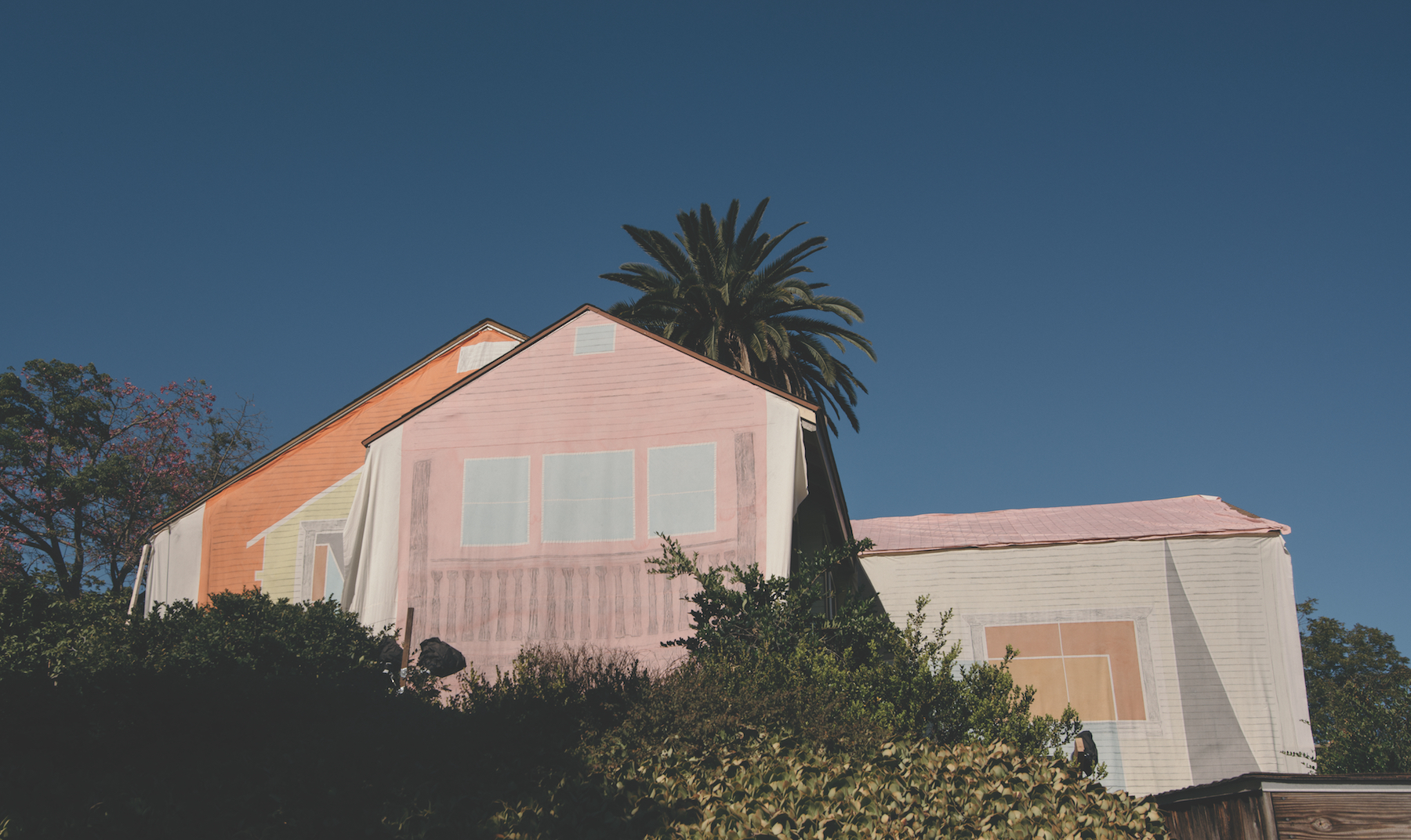
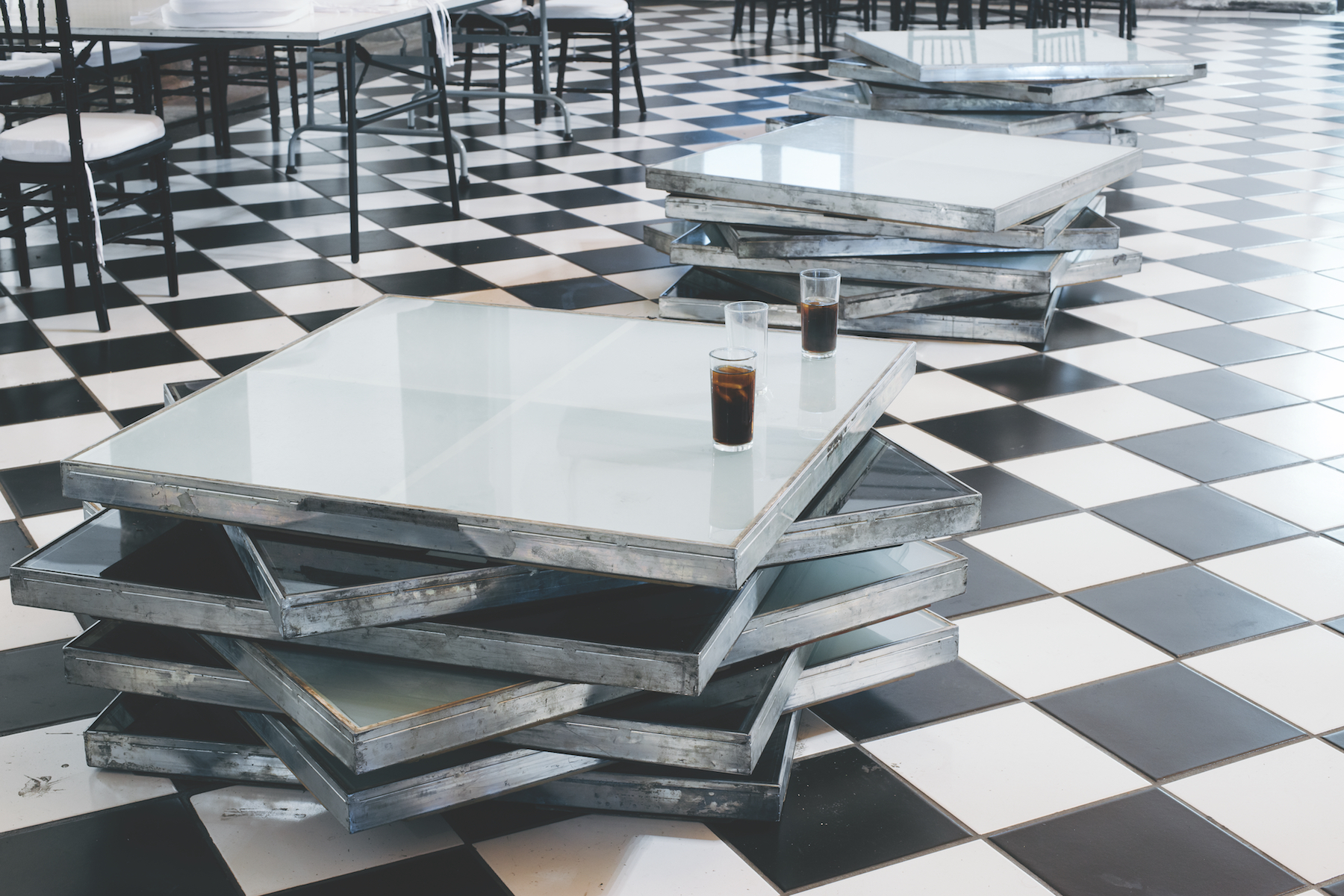
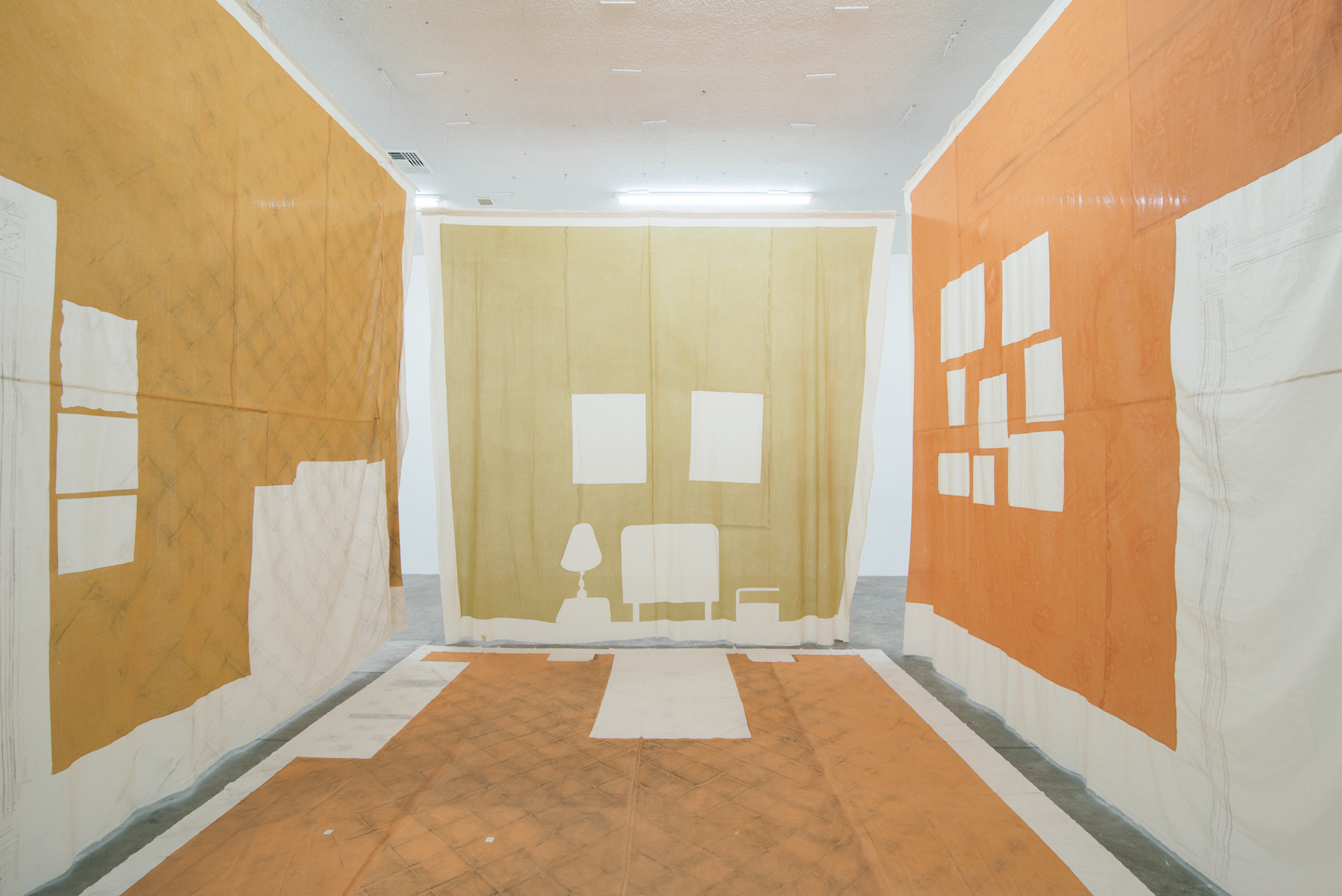
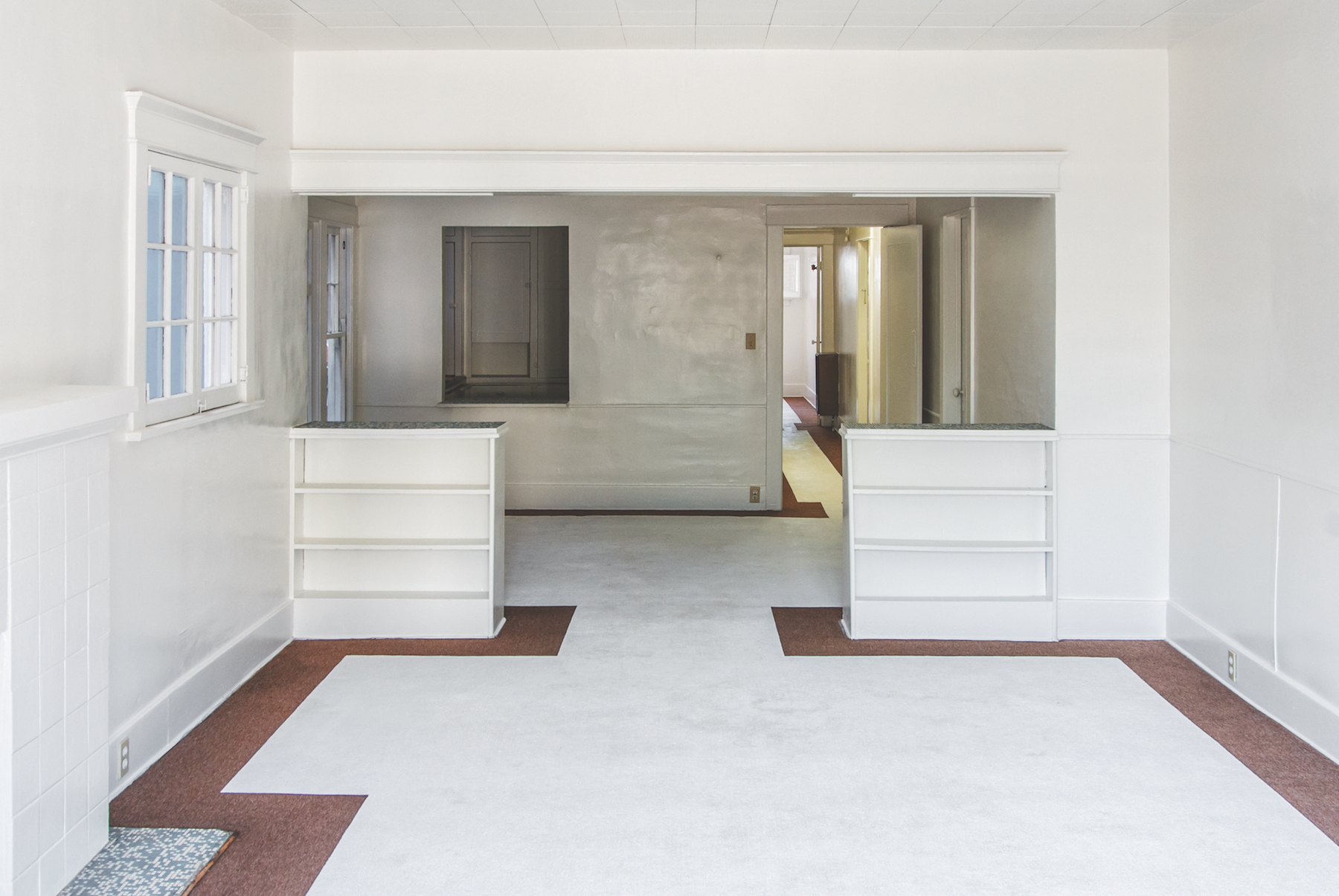
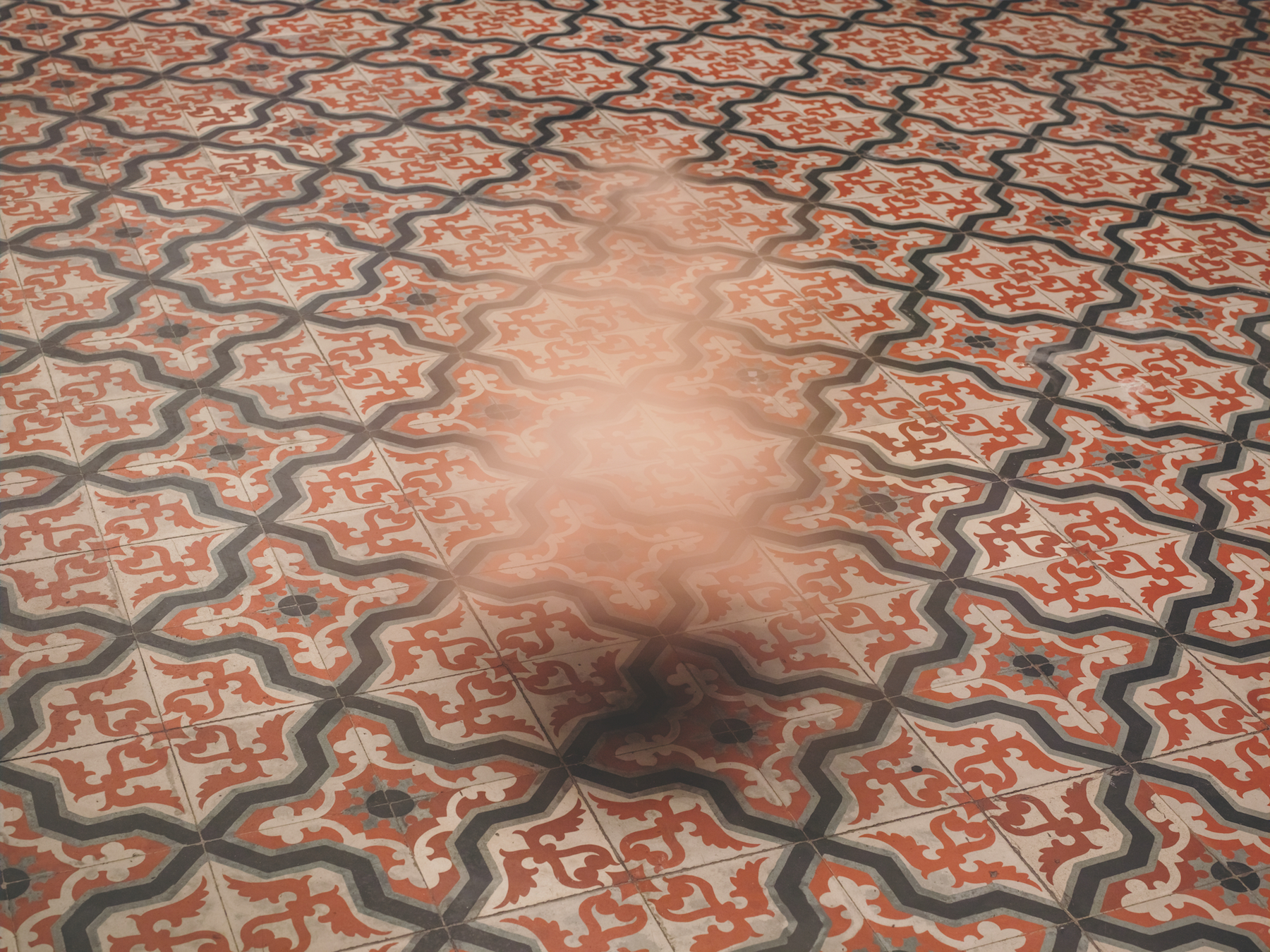
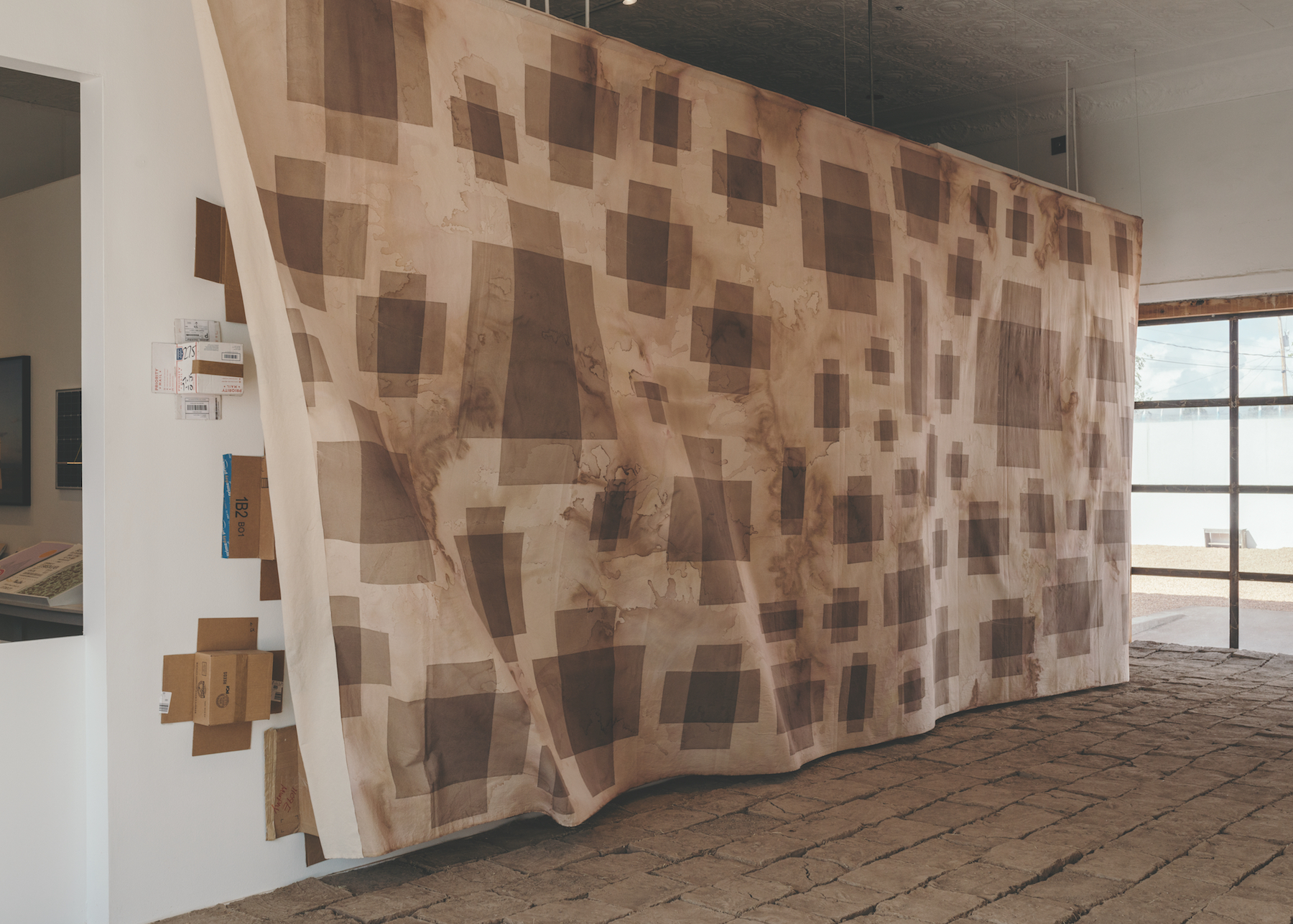
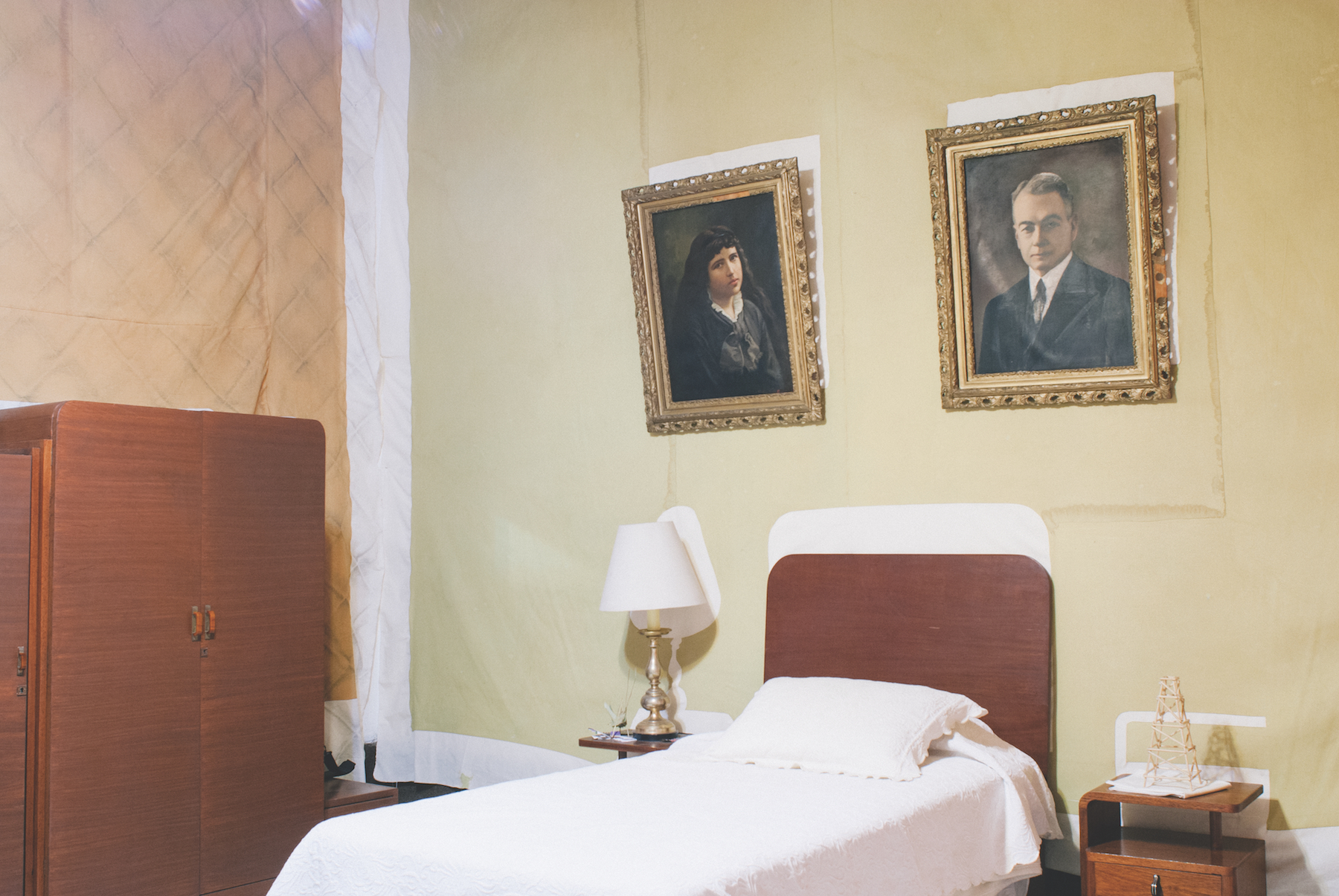
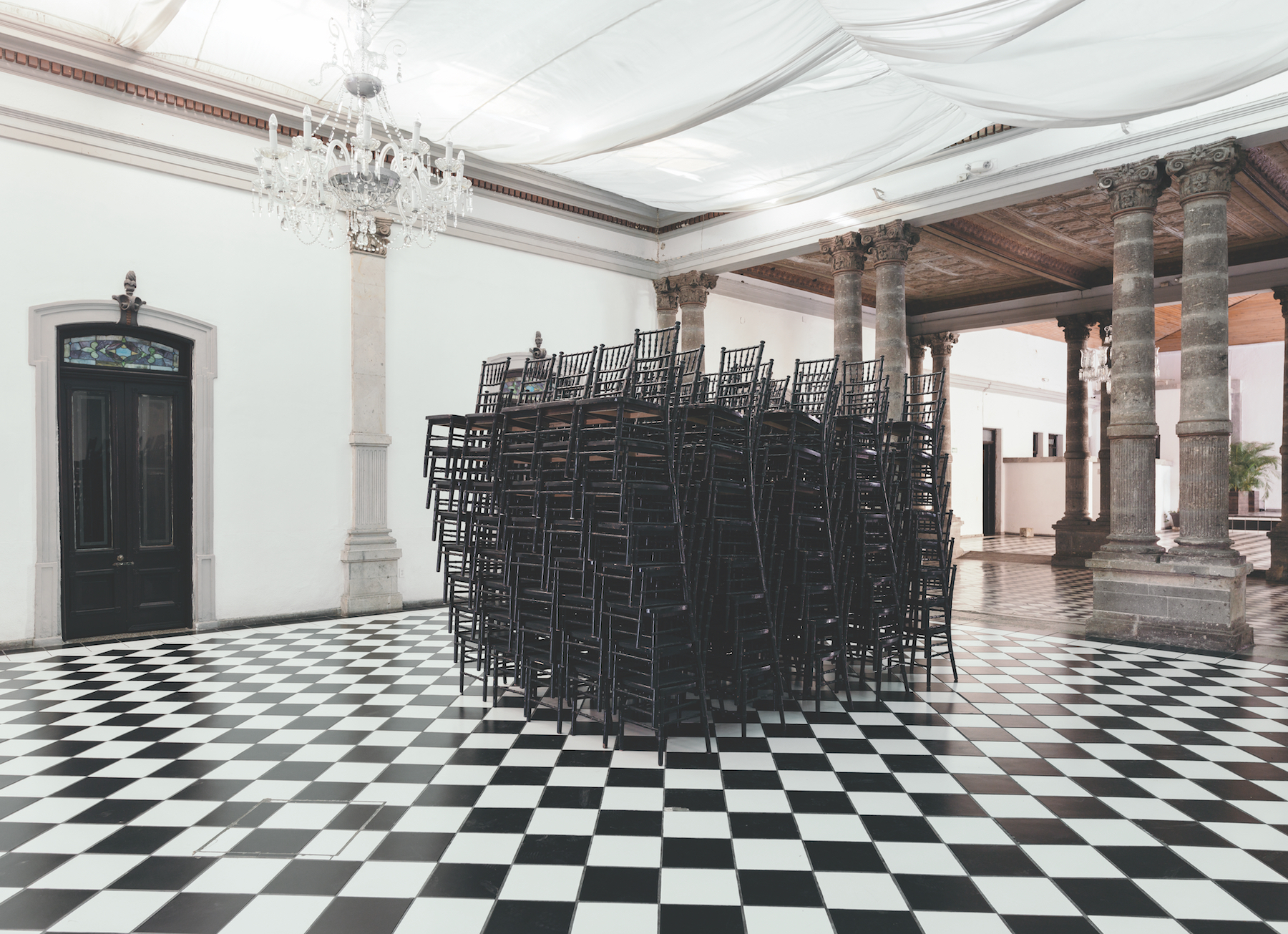
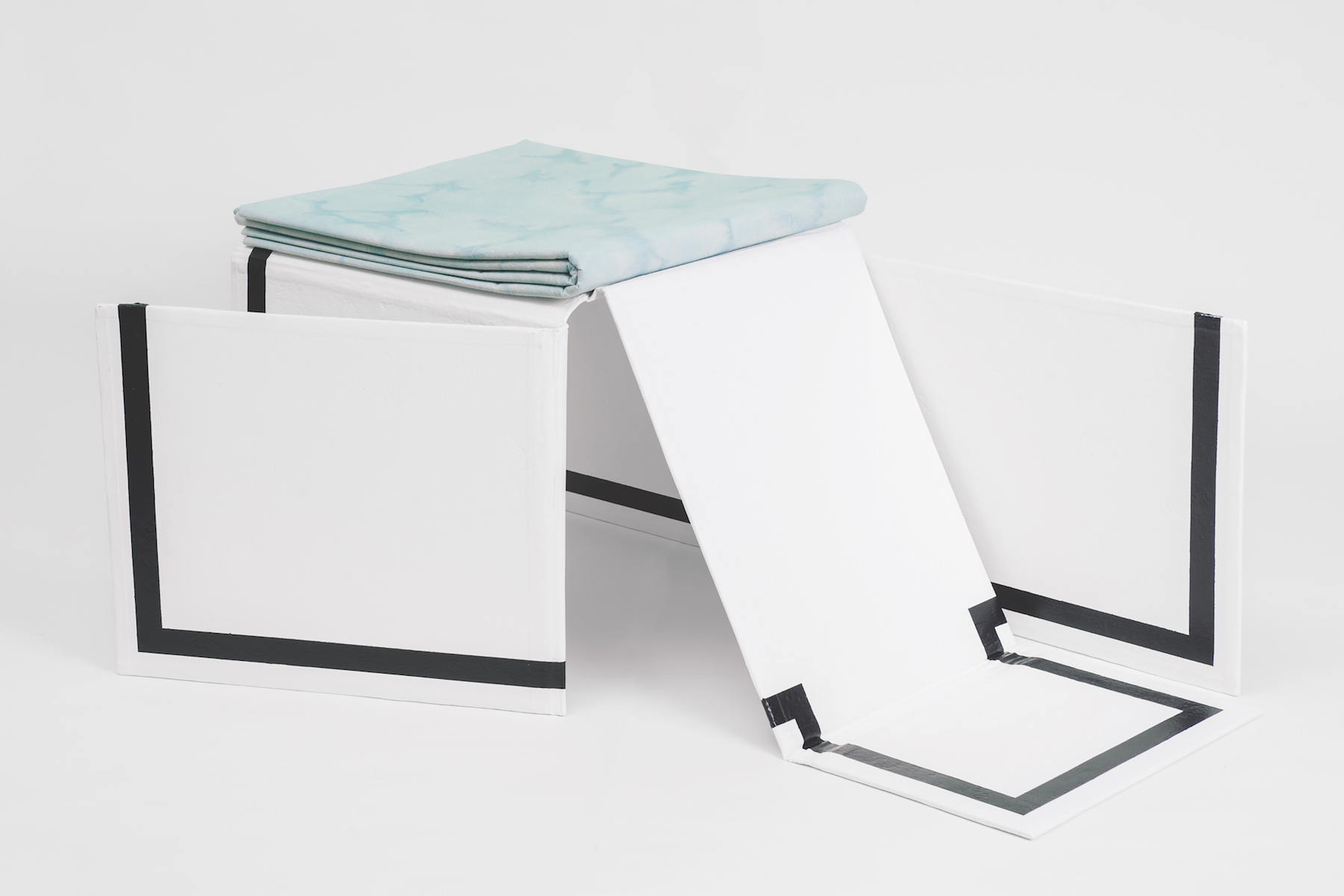
Comments
There are no coments available.